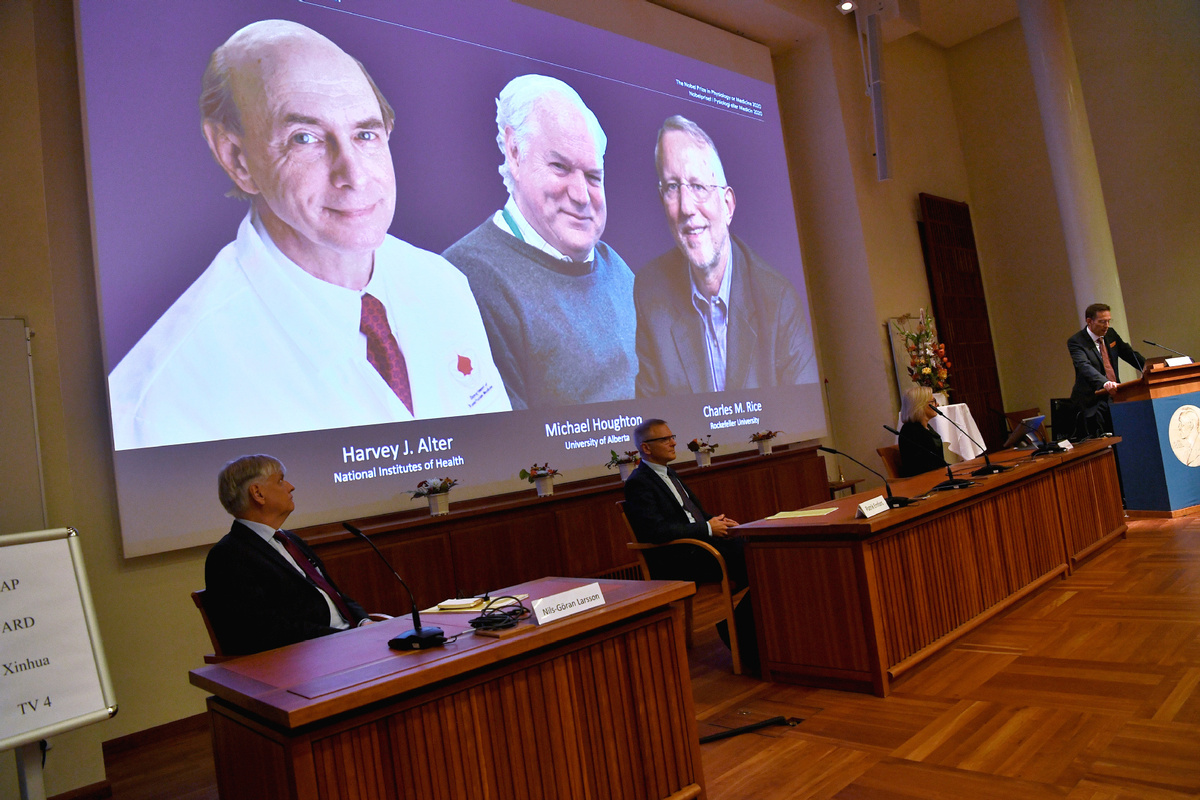



British physicist Roger Penrose has been awarded one half of the Nobel Prize in Physics for proving that black holes are a direct consequence of Albert Einstein's general theory of relativity, with the other half of the prize going to Reinhard Genzel and Andrea Ghez, who uncovered what is thought to be a supermassive black hole at the center of our galaxy.
A contemporary of Stephen Hawking, Penrose stands among the leading luminaries from the so-called Golden Age of black hole theory between the late 1950s and 1970s, when it became increasingly apparent that black holes were indeed real-world phenomena and not just mysterious theoretical quirks of mathematics.
For more than a decade, starting in the early 1990s, Genzel and Ghez each led astronomy research into Sagittarius A*, which is a region at the center of the Milky Way galaxy. Through observing the unusual orbits of stars within the region, the researchers were able to infer the existence of a gigantic object in the center of the galaxy. Current scientific consensus holds that this object is a supermassive black hole.
Ghez said she hoped her win might inspire other women to enter the fields of astronomy and astrophysics. Ghez is just the fourth woman to win the Nobel Prize in Physics, after Donna Strickland, Maria Goeppert Mayer, and Marie Curie.
"I hope I can inspire other young women into the field," Ghez said. "It's a field that has so many pleasures, and, if you are passionate about the science, there's so much that can be done."
The Royal Swedish Academy of Sciences, which oversees the award, said the three new laureates had made valuable contributions to our understanding of "the most exotic phenomena in the universe".
Formed by the collapse of huge stars, black holes are incredibly dense cosmic objects from which nothing – not even light – can escape. Einstein himself was not convinced of the existence of black holes, but, in 1965, a decade after Einstein's death, Penrose released mathematical proof that showed black hole formation is a robust prediction of the general theory of relativity.
David Haviland, who is chair of the Nobel Committee for Physics, said the winners had "broken new ground" in the study of compact and supermassive objects.
"But these exotic objects still pose many questions that beg for answers and motivate future research," Haviland said. "Not only questions about their inner structure, but also questions about how to test our theory of gravity under the extreme conditions in the immediate vicinity of a black hole."

Penrose will get half of the 10 million Swedish kronor ($1.12 million) prize money, with the other half shared between Genzel and Ghez.
The award for physics is the second of the Nobel Prizes to be handed out this year, with prizes in physics, chemistry, literature, peace, and economics to follow during the next six days. On Monday, the Nobel Prize in Physiology or Medicine was given to Michael Houghton, Harvey J. Alter, and Charles M. Rice, who played central roles in the discovery of the hepatitis C virus.
If you have any problems with this article, please contact us at app@chinadaily.com.cn and we'll immediately get back to you.